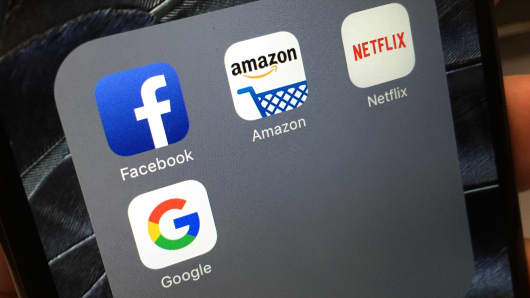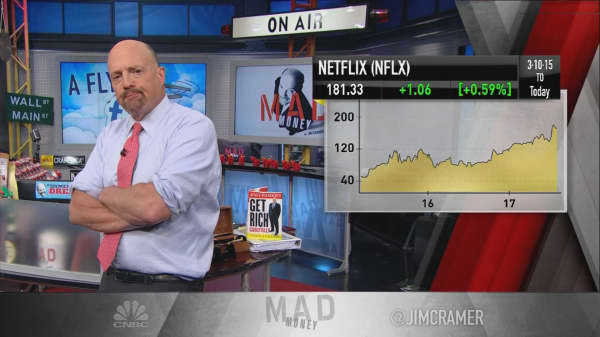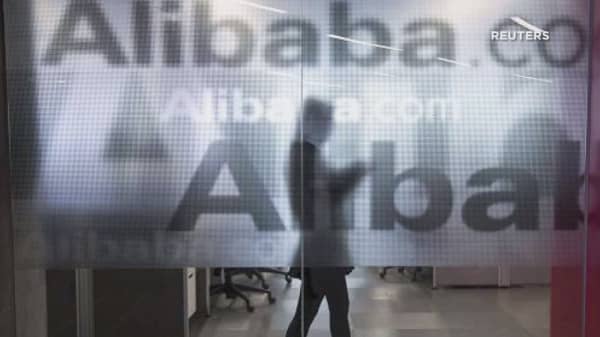Back in the late 1960s and the early 1970s, investors went gaga over 50 large-cap blue chip stocks called the Nifty Fifty. These equities were often described as "one decision" trades that you bought and kept for life.
At their peak, the NIfty Fifty were trading at 42 times earnings — more than twice the S&P 500. Among the storied names were icons of American business like Polaroid, Xerox, Coca-Cola, General Electric, Sears and Texas Instruments. Some of these stocks remain viable businesses today, but since the start of this century, none of these names have been anything but terrible investments.
The Nifty Fifty stands as a historical warning to generations of investors of the heavy price to pay for unbridled, uncritical enthusiasm.
At their peak, the Nifty Fifty comprised almost all the gains of the S&P 500, and if that fact sounds eerily familiar ... that's because today's Nifty Fifty are the 'FAANG' stocks, plus "M." That is, Facebook, Apple, Amazon, Netflix, Google parent Alphabet and Microsoft.
Just like the Nifty Fifty of yore, the "FAANG" stocks are dominant companies of their day. They touch every aspect of our lives — often several times per day. There is no doubt that these are very good businesses that may last for decades.
















